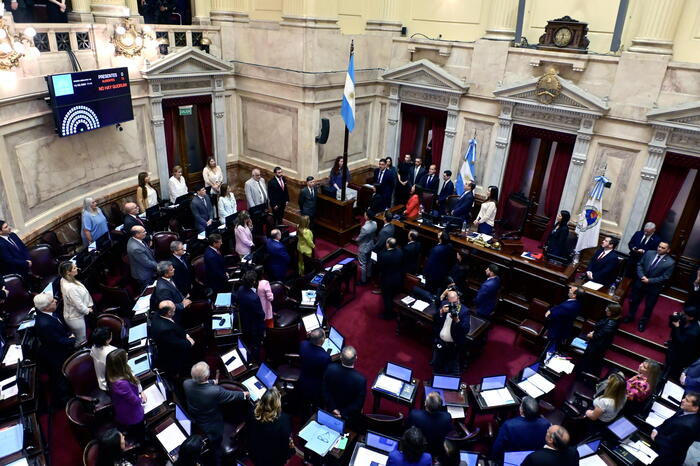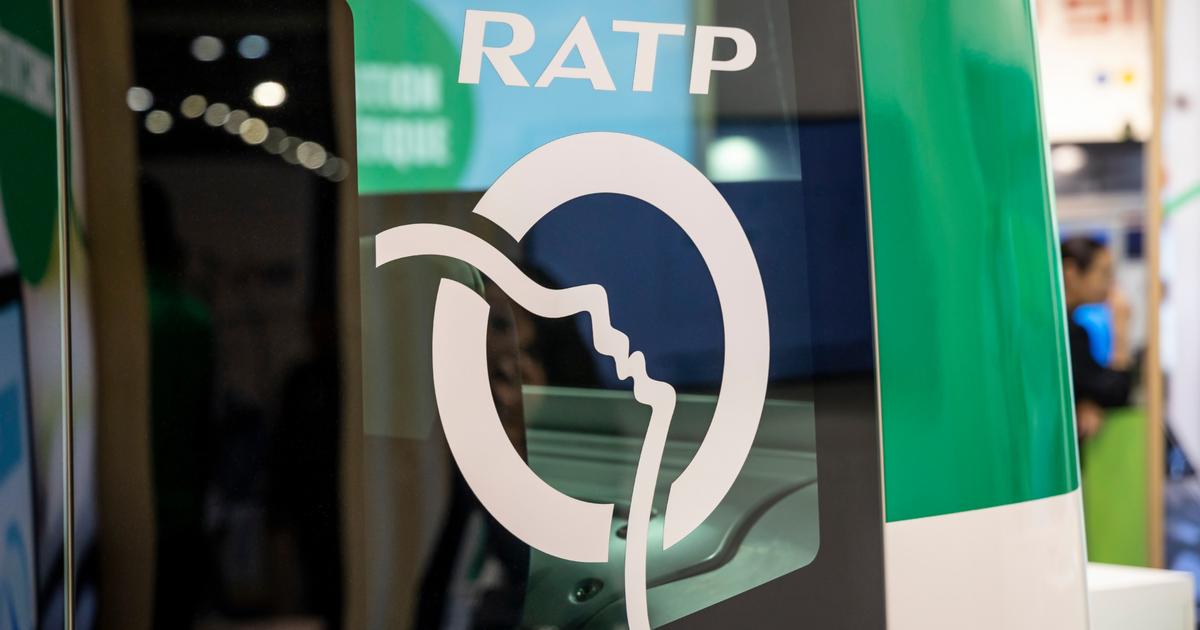"Argentina had a complex year in 2022, with
important developments for inflation, monetary policy, trade, finance and fiscal policy."
Since
Alphacast, a platform that concentrates and processes economic and financial data, shows how the country fared through 10 graphs.
In addition, it gives some clues about what may happen in the coming years.
1) Inflation in the next 4 years: blood, sweat and tears
2022 Inflation = var.
accum.
% annualized CPI
2022-2026 Inflation = average annual inflation implied by bond yields
Average inflation = 4-year CPI average year-on-year change
After 2022, with
the highest inflation in the last 30 years -
the December data was released on Thursday - the price index is expected to remain
high in the immediate future
.
Experts forecast slightly higher price growth for 2023 and a more moderate value, but still extraordinarily high, for 2024.
"Prices are not expected to slow down significantly,
and historical comparisons show great upside risks," they explain from the consulting firm run by economist Luciano Cohan.
2) Interest on remunerated liabilities, one of the main drivers of the variation in the monetary base
Variation factors of M0 In % of the Monetary Base at the end of the previous year.
Current year = Cumulative.
According to data collected by Alphacast, monetary factors contributed to the aforementioned acceleration in price growth
, with a significant increase in the monetary base at the end of 2022. In net terms,
the Central Bank increased the supply of currency in circulation
, and its contractive monetary policy was offset by interest payments on remunerated liabilities, purchases of dollars, operations with the Treasury, and other factors.
2023 is not expected to be much different,
as the imminence of elections and various economic challenges make a disinflationary turn less likely.
3) Monetary issuance was accelerated for interest on remunerated liabilities
Endogenous Creation of Money by Remunerated Liabilities
PR interest paid every month as a % of the previous month's PR stock.
Current month = accumulated so far.
Following the graph above, the remunerated liabilities of the Central Bank played an
important role in the growth of the money supply during 2022.
Due to both the global tightening of monetary/financial conditions and the rise in inflation at the national and international level,
the The
official interest rate had to grow rapidly
to adjust to the new economic scenario.
However, this also supposes an increase in the interest accrued by the assets issued by the Central Bank and, therefore,
an increase in the expenses of the monetary authority
, which translates into a net increase in the money supply.
4) Real interest rates showed unstable patterns in 2022
Argentina: ex-post real rate
Effective monthly and annual interest rate.
"In this sense, let's take a closer look at the monetary policy rate," they warn from Alphacast.
Both monthly and annual rates have been negative almost continuously since 2020, and
the rise in inflation has not been matched by a rate hike
, leading to further negative net asset returns throughout 2022.
However,
the recent slowdown in price growth,
especially November's surprisingly low print of 4.9%m/m,
led to a more positive ex post real rate
;
however, nominal rates have not increased since October 2022, leaving
the real interest rate largely at the mercy of the price level.
5)
Reserves grew unstable in 2022
Accumulated Variation of International Reserves
In millions of USD.
The rise in the prices of raw materials during 2022
, as a consequence of the global geopolitical evolution,
represented a golden opportunity for the accumulation of foreign currency
;
the impact of this factor can be seen in
the notable increase in the net reserve position
at the peak of March, when prices skyrocketed due to the escalation in tension between Russia and Ukraine.
"The results have been mixed since then, with large swings in the growth of reserves due to
an overvalued exchange rate, a recovering economy and the increase in international
import prices," they explained from the platform that processes data.
They added: "In July, bookings grew markedly below target, but in October and December they were above forecast, with an annual net gain of $6.4 billion.
6) Currencies devalue at a high rate, but below the rate of inflation
Argentina: Exchange Rate Crawling Peg
Wholesale Exchange Rate (A3500) Monthly average of the 5-day moving average of the devaluation rate
The wholesale exchange rate grew unevenly throughout 2022
, in line with interest rate developments: the seemingly sudden acceleration in inflation made it necessary to increase the depreciation rate to prevent further overvaluation.
Given that the exchange rate had grown well below inflation in 2021 (for example, an annualized rate of 16.7% in December versus an annualized inflation rate of 50.9% year-on-year), there has been little scope for weight assessment.
The sudden tensions in the foreign exchange markets in July and August, as well as the subsequent spike in inflation, precipitated a higher annualized rate of depreciation in the last third of 2022.
7) Stock of inflation-linked bonds reaches record highs
Inflation-Linked Debt Stock (CER)
In % of GDP
Since 2020, the stock of inflation-linked CER bonds as a percentage of GDP has almost tripled
, from 6.5% in January to 17.9% in November 2022. This marks the desire of investors to protect themselves from growing price increases since inflation began to accelerate in late 2020.
The growth of CER bonds poses major challenges
for policymakers, who will have to
balance disinflation
with the tax burden of past-indexed bonds.
8) The inflation adjustment coefficient was higher but erratic during 2022
Argentina: Forward Rates BONCERs
IRR of Inflation Linked Bonds in % of IAMC
The IRR (Implicit Rate of Return) on inflation-linked bonds increased during 2022, with a big rebound during the intense macroeconomic uncertainty in July.
Since then, the levels have not stopped rising, reflecting a more volatile and inflationary environment, but with notable variability within the period.
Forward rates have been on the decline since October
, following more moderate inflation data and perhaps less news on the macroeconomic front.
9) Argentine bonds showed a weak performance, although not unusual
ARG Bonds vs. Other Emerging
Global weighted average, $EMB and $JNK.
Argentine bonds fell significantly in 2022, down around 17%
over the year.
This comes after two years of losing value, with assets worth around a fifth less than three years ago.
However, this performance was not unusually weak by emerging market standards, at least in the past year, as both the EMBI and JMK indices show similarly lackluster results for undeveloped markets.
Given the current global financial landscape, it is not surprising that markets are shunning the increased risk of developing countries in favor of developed countries, which now offer high returns.
10) Subscriptions to the FCI grew, but in a heterogeneous way by category
FCI: Subscription Effect, Jan 3, 2022 to Jan 10, 2023
By category
Subscriptions to FCI grew significantly in 2022
, although each fund category performed differently.
Money-market funds were the biggest winners of the year.
The evolution of investors' risk appetite will be a determining factor of the results in 2023.
NS
look too
Tight belts: they warn that consumption would grow only 1.7% this year
Despite having closed the year with the worst inflation in more than 30 years, for Gabriela Cerruti "the objective is being met"






/cloudfront-eu-central-1.images.arcpublishing.com/prisa/RIEGNR2BRDHJGVEUXQK5ZTXPMI.jpg)




/cloudfront-eu-central-1.images.arcpublishing.com/prisa/DIAGMBIFCBFTJADD5SB7GXXY2A.jpg)

